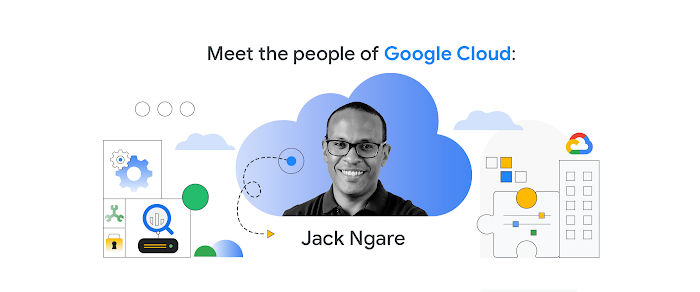5 ways financial services organizations will move faster in the cloud in 2019

Ulku Rowe
Technical Director
Few industries grapple with the volume of information the financial services industry manages on a daily basis. Whether financial services organizations are analyzing market shifts, or protecting against fraud and money laundering, understanding their data and quickly finding the right insights are critical to their success.
Over the past year, we’ve spent a lot of time working with our financial services customers—like HSBC, Citi, UBS, Scotiabank, Two Sigma, and more. And what we found is whether they’re large or small, a startup or a global institution, there are universal themes shared by all. Here are five things financial services organizations plan to do in the cloud in 2019:
1. Tackle data silos to unlock the power of their data.
Large, global institutions are using the cloud to overcome the incompatibilities, latencies and blind spots associated with traditional data silos, growing volumes of market data and alternative data sets. In 2019 we expect to see an increasing number using serverless, advanced data platforms, open APIs, and machine learning capabilities, to make full use of their data for enterprise-wide decision-making with a minimal IT footprint. These decisions will be supported by market data, news and commentary, risk and regulatory data, company data and other specialized and alternative data.
2. Use ML-based early warning risk systems to stop threats before they happen
Financial services organizations continue to move their systems to the cloud take advantage of predictive technology that can help them prevent fraud, money laundering, and cyber breaches from causing harm before they ever occur. ML-based early warning systems are also helping monitor credit risk in real time. The cloud also helps these organizations streamline their lending processes, so they can approve credit faster and offer their products to clients in more cost-efficient and engaging ways.
3. Improve trading decisions with big data and machine learning
The ability to extract data, and crunch numbers inside data warehouses or from multiple real-time feeds, has evolved how many organizations make trading decisions, requiring a new way of managing and analyzing data. As a result, many organizations are looking to the cloud for dynamic and scalable compute resources that allow traders and quants to model and test algorithms, and perform complex calculations that read into vast amounts of data.
4. Move to the cloud for increased security
For financial services organizations, security is always top-of-mind, and a growing number are moving to the cloud to take advantage of the automation and scale it offers. Our aim is to give these financial services customers a broad range of tools they can use to better protect their customers and their data, from VPC Service Controls which help prevent data exfiltration as a result of breaches or insider threats, to data encryption both at rest and in transit by default.
5. Harness the benefits of blockchain in the cloud
Blockchain, a distributed ledger technology (DLT), will continue to present exciting opportunities for the financial services industry. Providing a single source of truth and security, without relying on intermediaries, DLT holds the promise of reducing the friction and costs associated with financial transactions. Blockchain in the cloud makes it easier to deploy and manage scalable, open source blockchain networks that support the full lifecycle of financial assets. With use cases ranging from trade finance, to cross border payments, to clearing and settlement, the cloud offers a more efficient means of harnessing the power of blockchain.
We look forward to hearing how more financial services take advantage of the cloud in 2019. In the meantime, if you’re interested in learning more about financial services on Google Cloud, visit our solutions page or contact us for a discovery session.


